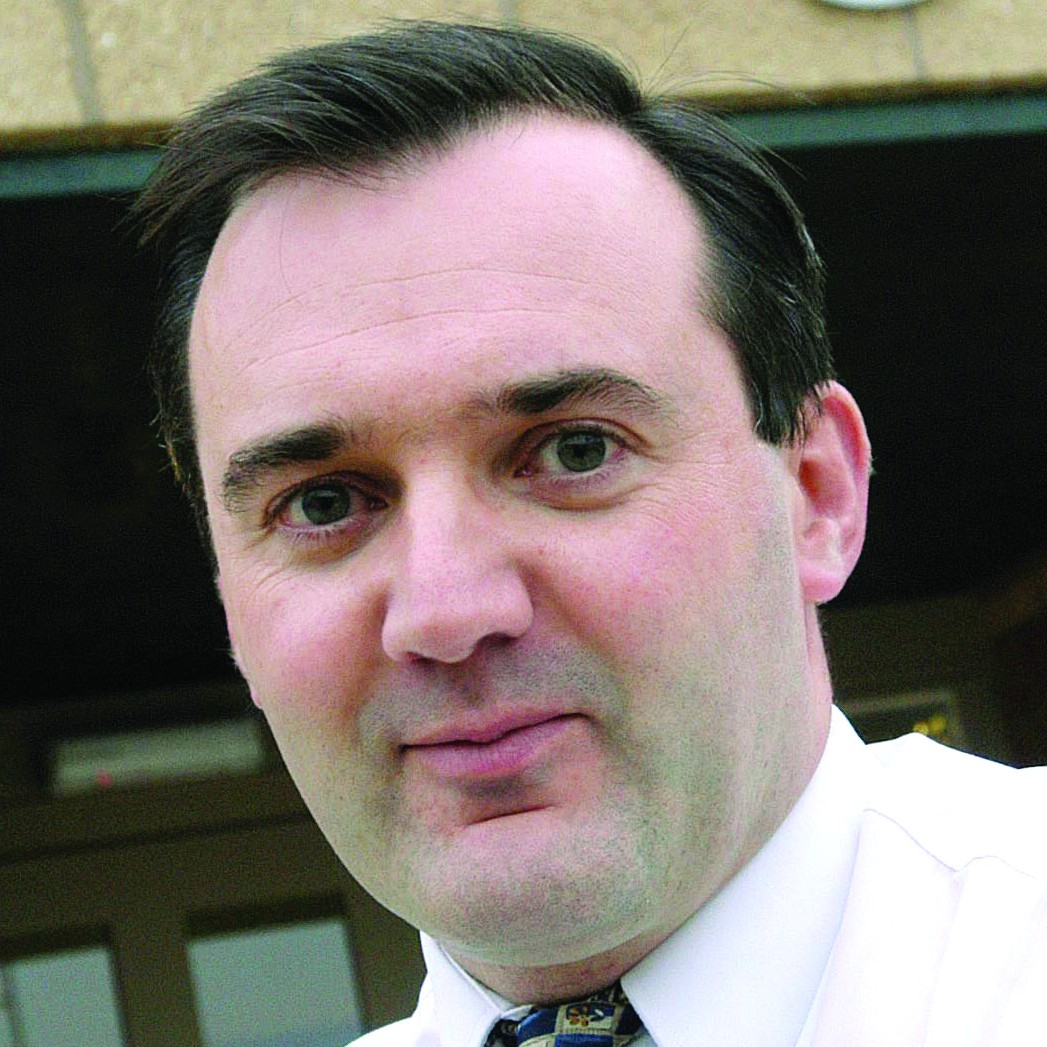Should NICE lower blood pressure thresholds for hypertension?


YES. It will benefit both patients and the NHS
US and European guidelines recently introduced lower blood pressure thresholds for management of hypertension,1,2 and I believe NICE should do the same when it updates its guideline next year.
The main evidence behind this change comes from the Systolic Blood Pressure Intervention Trial, or SPRINT.3 It included more than 9,000 adults and was meticulously run. It was stopped early by the independent monitoring board because ‘it became clear that treating systolic blood pressure to a target of less than 120mmHg significantly reduced rates of cardiovascular events and death’.
The relative reduction in overall risk of death was big, at 27%; as the average age of patients at baseline was 68, this represents a big health gain. The risk of cardiovascular events was reduced by 25%.
Adverse events were no worse than for usual care
As with the US and European guidance, I would like to see more people diagnosed with hypertension and given advice on lifestyle changes. Those with other cardiovascular risk factors should be treated to lower targets, with earlier addition of medications where needed. Targets for older patients may see the biggest changes, from <150/90mmHg now to <130/80mmHg as in the US guidelines, or 130-139/80mmHg in the European guidelines.
Treating often older patients to lower targets will no doubt raise concerns about side-effects; I know this was the concern from my partners. But adverse events linked to more intensive treatment in SPRINT were mainly ‘electrolyte abnormalities’, which are reversible; worrisome adverse events such as ‘falls with injury’ and orthostatic hypotension were no more frequent in the intensive treatment than usual treatment group.
Of course, there are implications for GPs’ workload. The average number of medications patients took in SPRINT to reach lower targets was 2.8, compared with 1.8 in the usual treatment group, and patients would need close monitoring of biochemical abnormalities.
But with hypertensive treatments cheap and typically cost saving, the gains for patients and the NHS of treating to lower targets could be large. With more money promised to the NHS, and the health secretary prioritising prevention, the extra work should be met by increased funding, logically through the QOF.
Dr John Ashcroft is a GPSI in cardiology in Derbyshire

NO. It will cause more problems than it solves
At first glance, reducing blood pressure thresholds for hypertension seems a good idea. More people diagnosed and treated surely means less disease.
But consider the bigger picture. A large number of well people become ‘hypertensive’ overnight, even though they won’t need any treatment. If we aim to improve health, should we really be making so many more people ‘unwell’? The paradox is clear. If there is one thing I hate, it’s patients leaving my consulting room more unwell than when they arrived.
Good practice dictates that we should not carry out investigations that make no difference to management. Currently, at lower risk levels, with no end-organ damage, treatment is aimed at modifying lifestyle factors – advice everyone should ideally be following. So what exactly is the point of diagnosing hypertension? Is it to scare people into change? There is a strong whiff of paternalism here.
The focus should be on those we know are at higher risk
Inevitably, many more people will be medicated. A recent large study showed little benefit from taking medication in people with low-risk hypertension.4 Even for those at higher risk, the absolute risk reductions are very small and the numbers needed to treat large. And medicating so many people increases the risk of iatrogenic harm. Morbidity will rise due to side-effects, whether common, like dizziness and falls in the elderly, or rare, more serious adverse events.
There are other downsides too – time spent on consultations, the burdens of taking medication, the rise in health and travel insurance premiums and the psychological impact of the diagnosis.
The crux of the matter is the age-old conflict between the health of the population and that of the individual. On a population basis, changing the thresholds may save some lives. But at what cost to each individual?
Which brings us to the opportunity costs. Hypertension is rightly no longer diagnosed via a couple of measurements, with NICE now advising ambulatory or home monitoring. With resources tight and demand sky high, who is going to diagnose all these patients? Who will counsel them and follow them up? And what will we choose not to do instead?
Instead of making more people into patients, the focus should be on those we already know are at higher risk, and on promoting resources for better shared decision making with patients.
Dr David Spitzer is a GP in London and vice-chair of the RCGP’s standing group on overdiagnosis
References
1 Whelton P et al. 2017. J Am Coll Cardiol 2018;71:e127-e248.
2 Williams B et al. 2018. Eur Heart J, 2018;39:3021–3104
3 The SPRINT Research Group. N Engl J Med 2015;373:2103-2116
4 Sheppard J et al. JAMA Intern Med 2018; published online 29 October
Pulse October survey
Take our July 2025 survey to potentially win £1.000 worth of tokens

Visit Pulse Reference for details on 140 symptoms, including easily searchable symptoms and categories, offering you a free platform to check symptoms and receive potential diagnoses during consultations.











